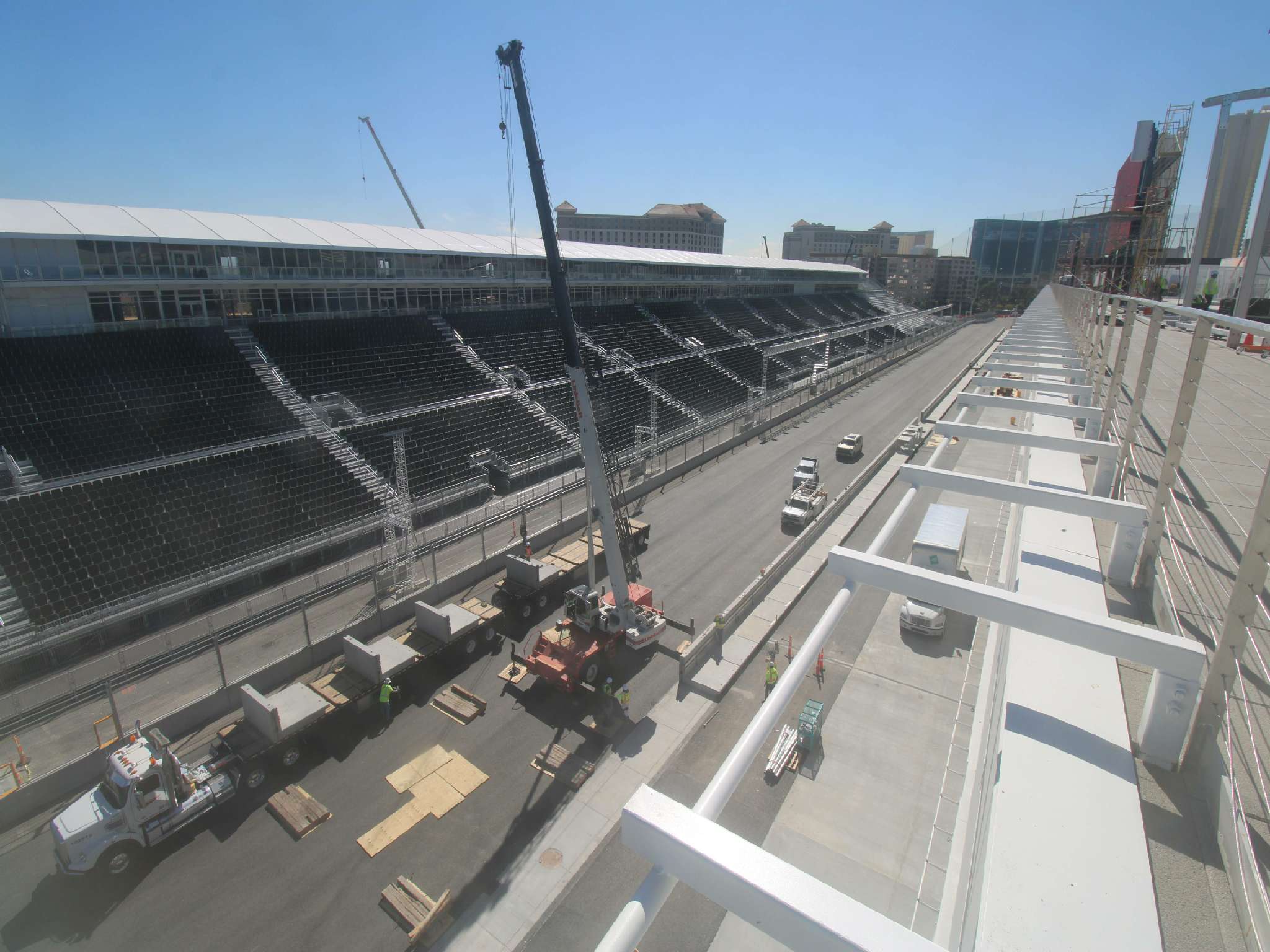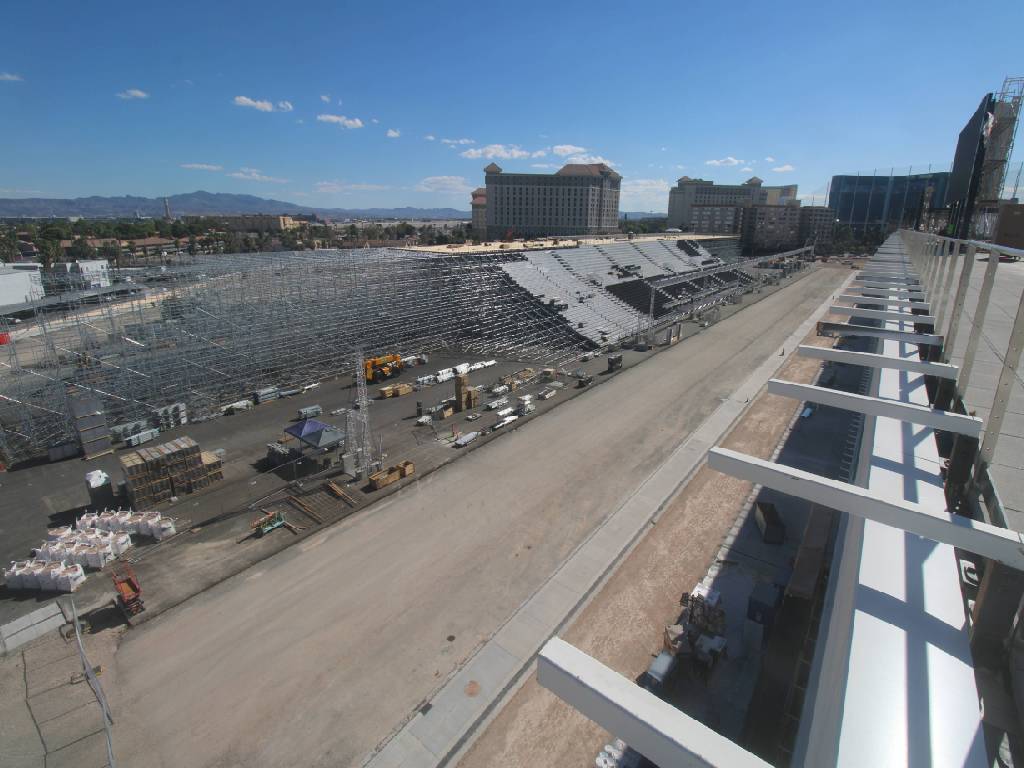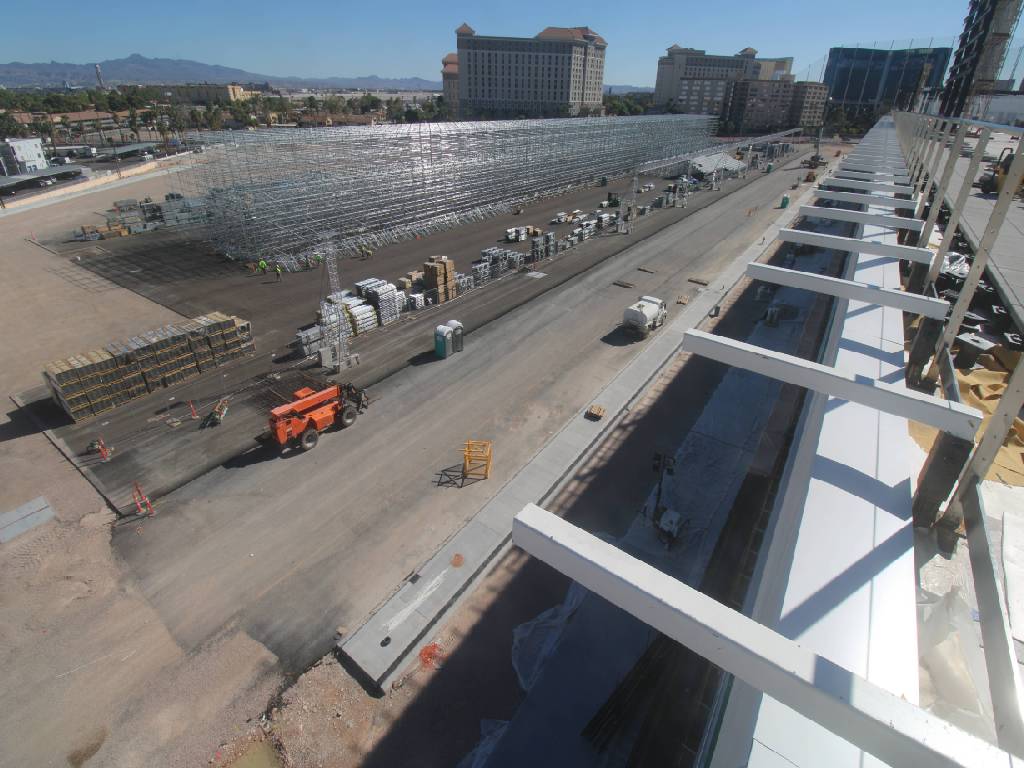🏎️ @nberlette/f1
Scraping build photos of the Formula 1 track in Las Vegas
This is an autonomous image scraper developed using TypeScript, Deno, and GitHub Actions. It was purpose-built to document the historic Formula 1 track construction in Las Vegas, Nevada, slated to host the inaugural Heineken Silver Grand Prix on November 18th. The images will be stitched together to form timelapse videos of the track’s lifecycle.
📸 Latest • 🎬 Timelapse • 🗓️ Previous Images • ℹ️ Project Details • 🌟 Star It!
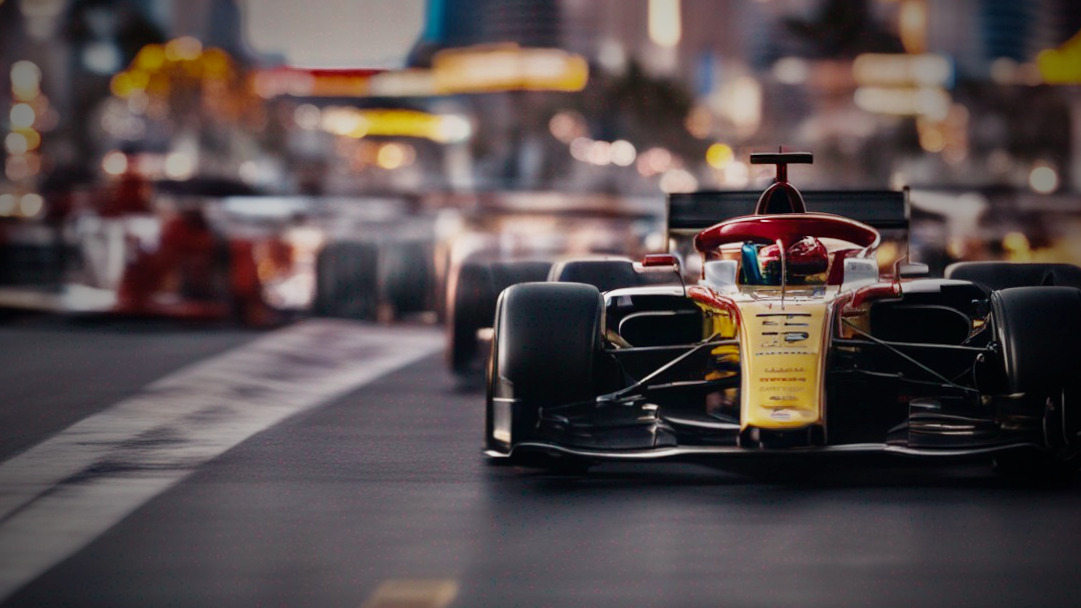
Since June 3rd, 2023 this project has collected nearly 20,000 images, all courtesy of a live-streaming construction camera provided by the track’s developers. This project is not affiliated with Formula 1.
Track Details and Statistics
| Estimated Top Speed | Circuit Length | Corners | Straights | DRS Zones |
|---|---|---|---|---|
| 212 mph • 342 km/h | 3.8 miles • 6.12 km | 17 | 3 | 2 |
Latest Snapshot
Timelapse Preview
Note: this video was created with images from 2023-08-15 - 2023-10-12
About
The first scrape happened on June 3rd, 2023. As of October 18th it has surpassed
18,500 commits, equivalent to over 1.2GB of image data. Photos are stored
in the ./assets folder of this repository, and also persisted to a Deno KV
database backed by FoundationDB.
The origin of the scraped images is an real-time photo feed, sourced directly from the official Formula 1 website.
⚠️ This project is for educational purposes and is not affiliated with Formula 1.
📖 Click here for an in-depth explanation of the scrape process
Tools Used
Deno v1.37.2- Rust-based JS runtime, sandboxed, with great TS/TSX support.
- Provides the tools for network and file system operations.
TypeScript 5.2.2- Superset of JavaScript featuring advanced static typechecking.
- Better type safety means more readable and maintainable code.
GitHub ActionsDeno KV(currently in beta)- Provides us with global data persistence and caching
ffmpeg(timelapse feature is unstable)- Leveraged to automatically generate timelapse videos
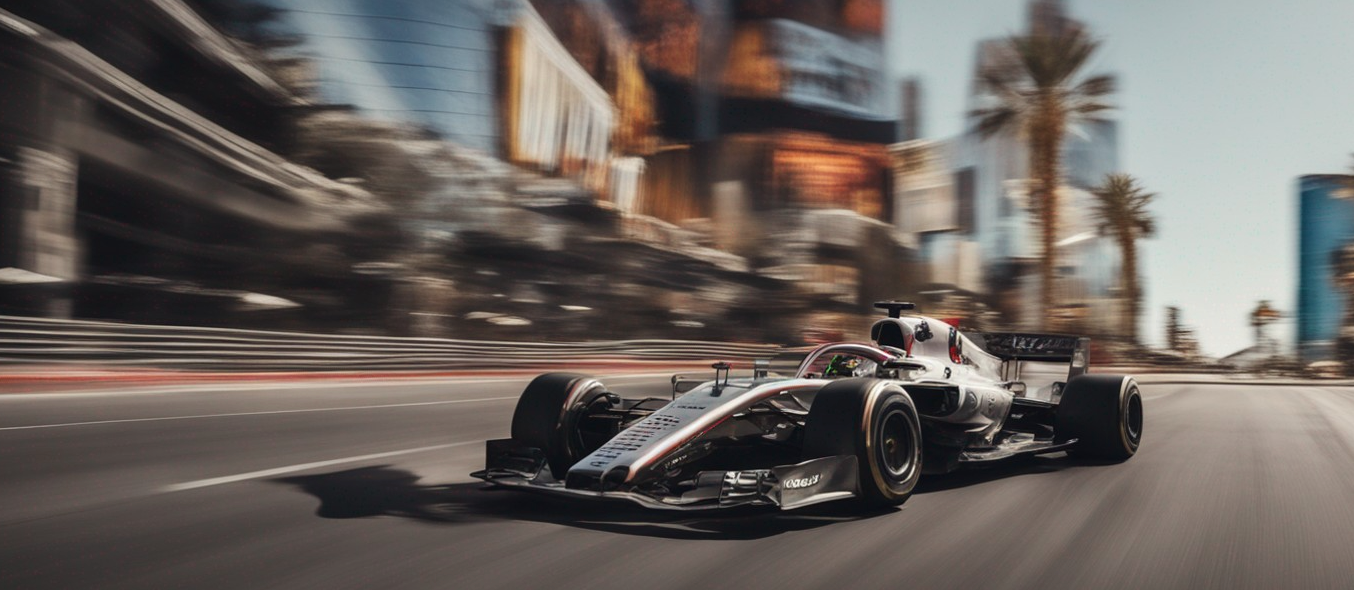
AI-generated F1 art created with SDXL 1.0 and the prompt
"Formula 1 cars on the Las Vegas Strip"
How it Works
The majority of the work happens in main.ts, despite it only being
3 lines of code. It is responsible for invoking the scraper located in
src/scrape.ts, and is ran every 10 minutes by a GitHub Action
defined by the workflow in main.yml.
Assets and Data
Images are named after their capture time as a JPEG file in UTC. For
example, an image captured at 2023-07-09T04:28:57 would be saved as
./assets/2023-07-09/04_28_57.jpg.
The latest image is always saved as ./assets/latest.jpg for easy access.
Scrape Process, Step-by-Step
- GitHub Actions runs the scrape workflow every ~10 minutes, depending on traffic.
- The runner checks out the repo, installs Deno, and prepares to scrape.
deno task scrapeis executed, which runs themain.tsfile.main.tsimportsscrape()fromsrc/scrape.ts, which contains thereadandwritefunctions.- 🔍 READ:
read()is called withIMAGE_URL.- Internally, the Fetch API is used to download the image.
If the request fails, it will be retried up toATTEMPTStimes, with a short pause between each successive attempt. - If all attempts are exhausted without success, the run will terminate.
- Otherwise, a new instance of the
Imageclass is returned.
- Internally, the Fetch API is used to download the image.
- 💾 WRITE:
write()is called with the newImage. Before writing the image, it runs through some checks:- The
Image.hashis checked against the hash “table” in Deno KV.- If an entry exists, the image is stale and won’t make it any further.
- If Deno KV is unavailable, the image data is checked against
latest.jpgvia a timing-safe equality comparison, avoiding exposure to timing-based attacks. - The job starts over at step 5 and repeats until a new image is found, or the maximum
ATTEMPTSare all used. If nothing is found by now, the job fails.
- If the scraper has made it this far, then we have a fresh image and need to store it.
Image.write()persists the image to Deno KV.The key is generated by the
ImageAPI, using the image timestamp.- The image timestamp is indexed with its unique SHA-256 hash in Deno KV.
This prevents later scrapes from duplicating this image. It also means
if you try to instantiate a new Image from an old hash, it will always
return the original image and its original timestamp. Image.writeFile()saves it to the local file system.The filename is generated by the
ImageAPI, using the image timestamp.Image.writeFile()also saves it to./assets/latest.jpg,
- The
setOutputhelper pipes the image metadata to the GitHub Actions runner, to be used in the commit step. - The scrape is now complete and the runner proceeds to the final steps.
- The
- The photo is stored as a workflow artifact for 90 days.
- All changes are committed + pushed to the repository.
- 🏁 The job finishes successfully and the runner is terminated. Hooray!

